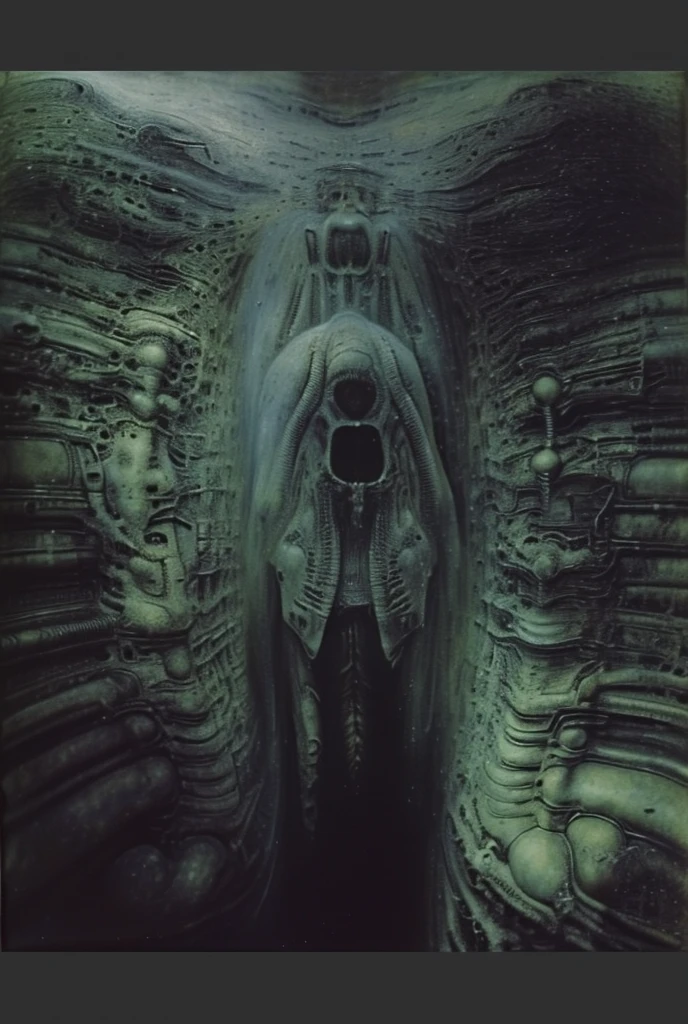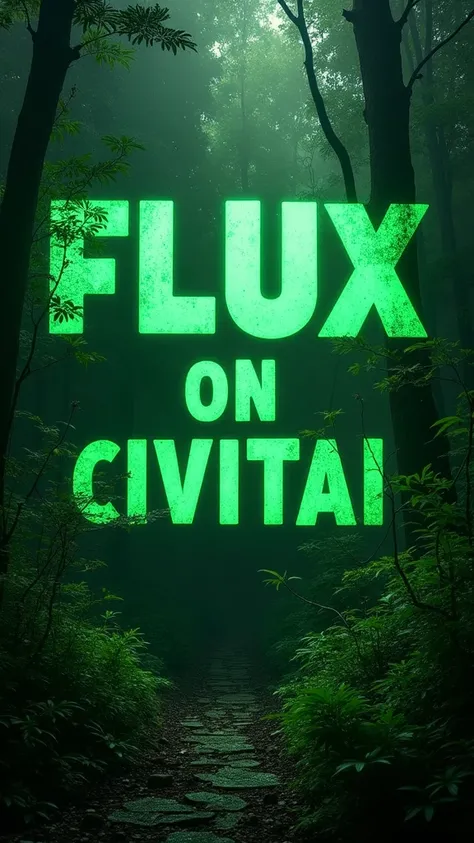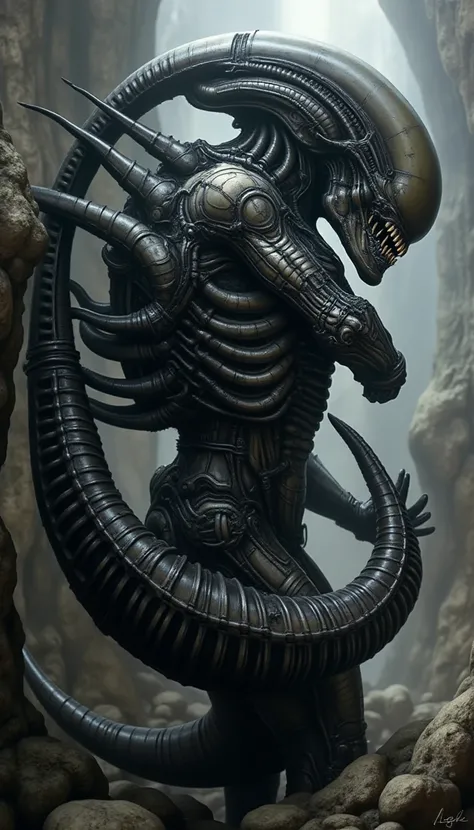Curse of solomeea. The space in this H.R. Giger-esque image is formed through a


Some interesting things can only be known by you.
Curse of solomeea. The space in this H.R. Giger-esque image is formed through a complex interplay of several visual techniques, creating a claustrophobic, layered, and ambiguous environment. Space in this image is formed by a combination of overlapping forms, lack of traditional perspective, flowing curves, high detail, ambiguous scale, and subtle lighting. These techniques work together to create a unique and unsettling spatial experience that is characteristic of Giger's work: a claustrophobic, organic, and biomechanical environment that feels both alien and strangely familiar. The most dominant feature is the dense overlapping and interweaving of organic and mechanical forms. Figures, pipes, tubes, and other structures merge seamlessly, making it difficult to distinguish where one ends and another begins. This creates a sense of depth and layers, but also contributes to the claustrophobic feeling as there's little empty space. There's no clear horizon line or defined vanishing point to establish traditional perspective. This further adds to the sense of disorientation and makes it difficult to gauge the scale and distance of the elements within the image. The space feels compressed and undefined. Giger frequently uses smooth, organic curves and contours that flow into each other. These curves create a sense of movement and dynamism, but also further blur the boundaries between objects and spaces. The eye is led through the image along these curves, but there's no clear destination or resting point. The high level of detail and intricate textures across the entire image contributes to the sense of density and complexity. There are few areas of smooth, flat color or empty space. This creates a visually rich environment, but also makes it difficult for the eye to find a focal point or establish a sense of spatial hierarchy. The scale and proportion of the elements are often ambiguous.
Prompts
Copy
Curse of solomeea. The space in this H.R. Giger-esque image is formed through a complex interplay of several visual techniques, creating a claustrophobic, layered, and ambiguous environment. Space in this image is formed by a combination of overlapping forms, lack of traditional perspective, flowing curves, high detail, ambiguous scale, and subtle lighting. These techniques work together to create a unique and unsettling spatial experience that is characteristic of Giger's work: a claustrophobic, organic, and biomechanical environment that feels both alien and strangely familiar.
The most dominant feature is the dense overlapping and interweaving of organic and mechanical forms. Figures, pipes, tubes, and other structures merge seamlessly, making it difficult to distinguish where one ends and another begins. This creates a sense of depth and layers, but also contributes to the claustrophobic feeling as there's little empty space.
There's no clear horizon line or defined vanishing point to establish traditional perspective. This further adds to the sense of disorientation and makes it difficult to gauge the scale and distance of the elements within the image. The space feels compressed and undefined.
Giger frequently uses smooth, organic curves and contours that flow into each other. These curves create a sense of movement and dynamism, but also further blur the boundaries between objects and spaces. The eye is led through the image along these curves, but there's no clear destination or resting point.
The high level of detail and intricate textures across the entire image contributes to the sense of density and complexity. There are few areas of smooth, flat color or empty space. This creates a visually rich environment, but also makes it difficult for the eye to find a focal point or establish a sense of spatial hierarchy.
The scale and proportion of the elements are often ambiguous.
INFO
Checkpoint & LoRA
0 comment
0
0
0




![style of H. R. Giger [FLUX] 295](https://image.cdn2.seaart.me/temp-convert-webp/highwebp/static/images/20240820/45fe86b2a708c323711c9b176ed14a10_low.webp)






